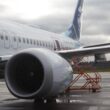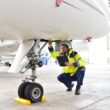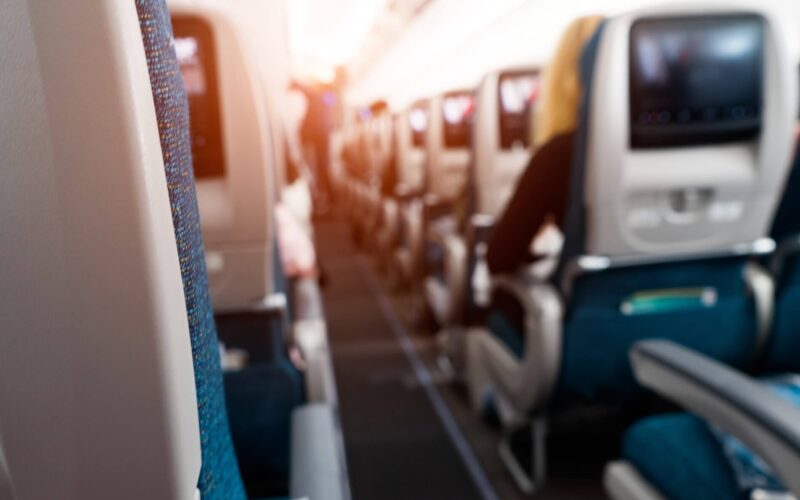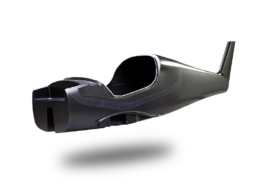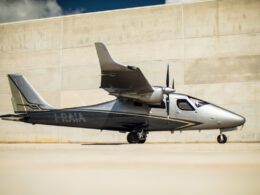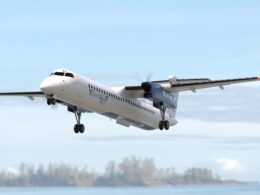Back in January 2018, United Airlines U.S.-bound flight N644UA made a U-turn and returned to Amsterdam after 15 passengers onboard had fallen sick, expressing similar symptoms. Two and a half years later, the Dutch Safety Board, tasked to find the root cause, revealed some of the findings, but found no definite answer on what caused the mysterious sickness.
The United Airlines flight N644UA took off from Amsterdam Schiphol Airport (AMS) at 10:37 local time on January 19, 2018. The Boeing 767-300ER aircraft was carrying 199 passengers and 11 crewmembers to Newark Liberty International Airport (EWR), in the United States.
An hour into a six-hours flight, as the aircraft was passing Scotland, increasingly more passengers began complaining of not feeling well, including symptoms such as blurred vision, nausea, drowsiness, and sensation of the aircraft leaning to the right and climbing. Besides 15 passengers, all cabin crewmembers were affected too, Dutch investigators outlined in a safety bulletin published on October 5, 2020.
Two hours into the flight, the pilots decided to return to AMS for precautionary landing, the investigator found. However, the emergency landing there also went less than ideally and was marked by another minor incident.
Arriving back in Amsterdam, the aircraft had used less than planned fuel and had to make an overweight landing. Local controllers directed the Boeing 767 to a remote parking position, where one of the plane wheel brakes overheated, prompting fusible plug to blow and deflate the tire. Luckily, neither the plane sustained more damage, nor passengers suffered injuries.
Following the return to Amsterdam, the airport medical services administered tests for 14 sick passengers, but none of these test results showed abnormalities. “All passengers indicated that their symptoms disappeared as the doors were opened and fresh air entered the cabin,” the Dutch investigators point out.
Meanwhile, three of the sick cabin crewmembers were still showing some symptoms when taken to a mobile medical facility after the landing and deplaning. The symptoms disappeared after the flight attendants were given some extra oxygen. The pilots never experienced any symptoms.
During their investigation into the incident, the Dutch Safety Board (DSB) ruled out a number of factors that might contribute to the experienced symptoms, including motion sickness, intoxication from food or beverages, infectious diseases, and leakage from oxygen bottles, pantry ovens or fire extinguishers in the cabin.
“Based on the data available and previous occurrences on this type of aeroplane, the manufacturer concluded that the events were likely caused by degraded and uneven airflow and/or temperature control issues in the cabin,” the DSB bulletin read. However, the investigators cautioned that conclusive evidence of the probable cause was not found.

